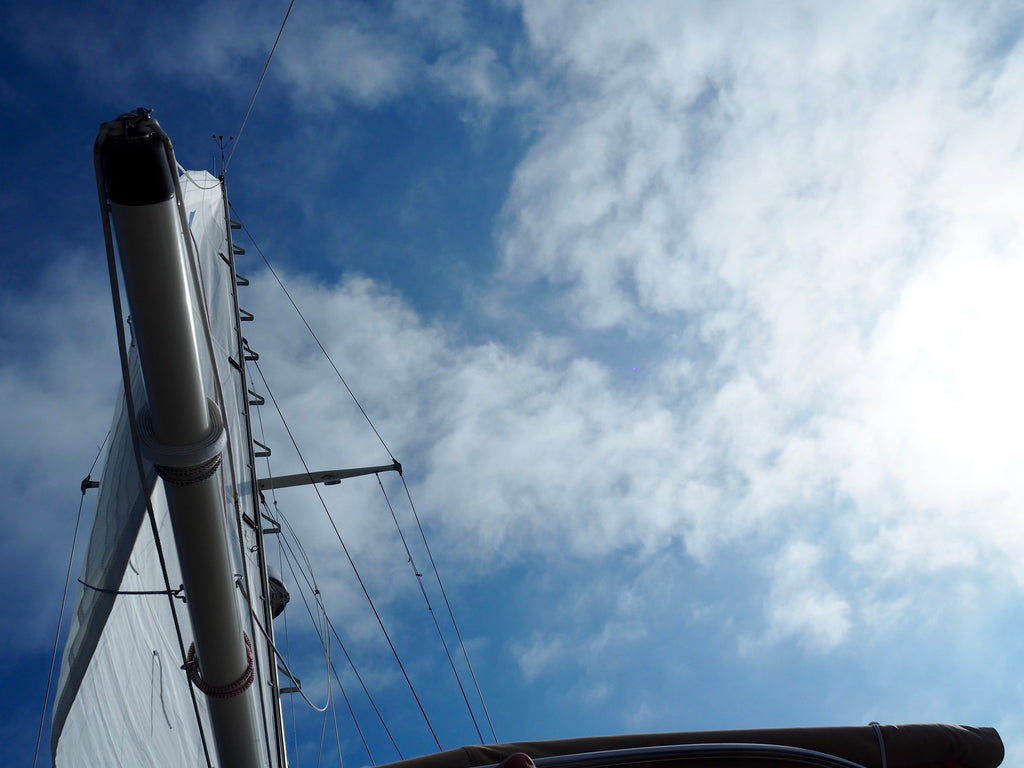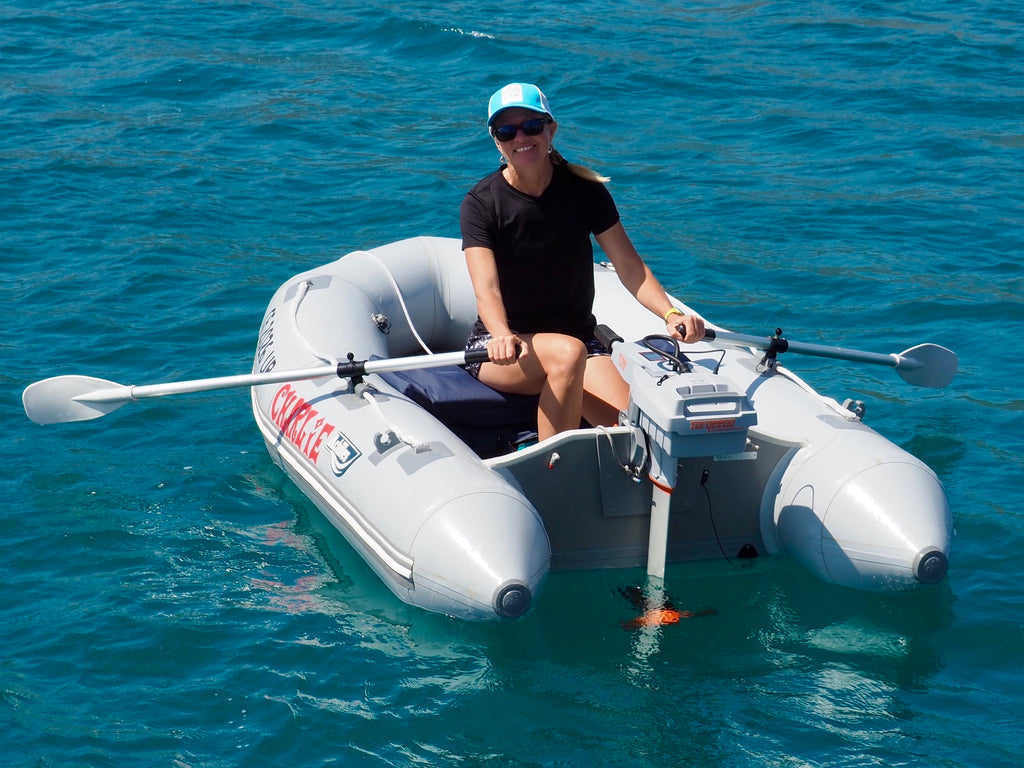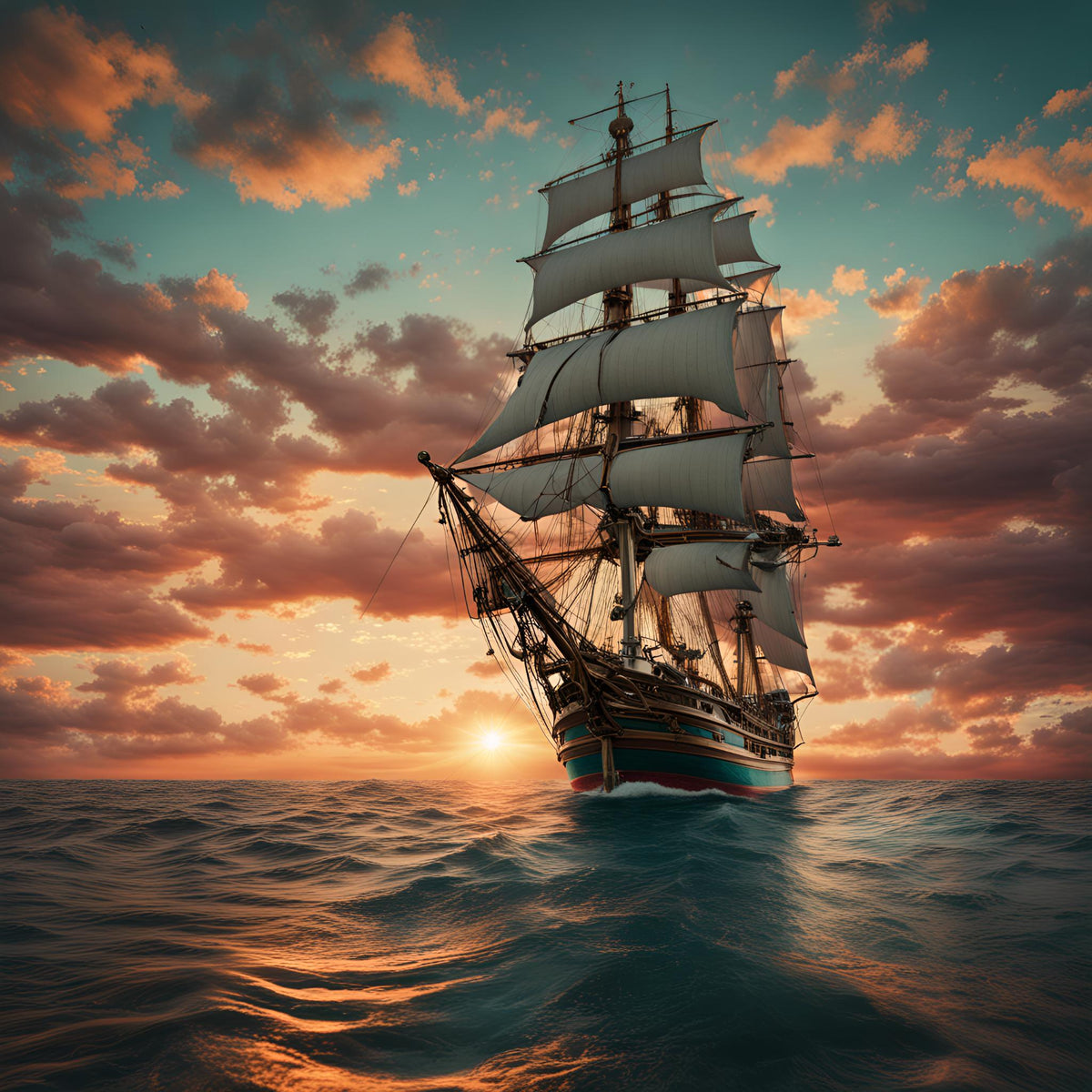After a two-month hiatus on land, graciously filled with family, touring, dancing, paddling, biking, surfing and celebrating, it was time to return to our little floating home.
Our dual purpose was to explore the Channel Islands we missed on the way down, as well as continue our shakedown in SoCal waters and figure out what we still needed before we sailed past the Amazon package-delivery border.
The big question was how it would feel to leave behind hot showers and laundry, endless WiFi and electricity, not to mention easy access to grocery & hardware stores, restaurants and chandleries?
Honestly, we were thrilled. We were also a little terrified.
Thrilled because returning to her really felt like coming home: our stuff, our schedule, our environment. Terrified because this time when we moved aboard, it was for all the marbles.
The trip from San Francisco to Los Angeles was driven by the fear of missing a date with an airplane and the pure survival focus of learning how to do this cruising thing safely. This second shakedown was to make sure we could be happy long-term on our boat.
The stakes seemed much greater.
While sipping Chardonnay and staring at the mighty Pacific from the La Jolla cliffs recently, my aunt had asked gently: “Was the trip down harder than you thought it would be?”
My answer was unequivocal and truthful: “Absolutely.”
For me, the surprising challenge was the amount of fatigue that every day exposed to wind, weather, and boat movement created. For Colin, the unexpected difficulty was more about the persistent dampness that pervaded every cushion and item of clothing despite a strict ‘no salty stuff below’ policy.
As with finding happiness in life, we know the only way to do so on a boat will be to fix the things we can change and learn to accept those that we cannot.
If such grand philosophy was as easily done as said, of course, the trillion dollar market for therapy, self-help, and mood-altering drugs would dry up in an instant.
We started with the proactive steps. These involved plenty of work, but in some ways they were the easiest.
To reduce exposure: We rigged up our sun awning and improved access to hats, sunblock and coverups. We also kept water bottles in the fridge and pushed ourselves to drink at least three a day. Beyond that, we suspect that our pulling/grabbing/leaning/balancing muscles will get stronger over time and our bodies will become more used to living in the elements. We’re also embracing bed when it cries out at 9pm.
To reduce dampness: We bought and installed fans, rebuilt our bed with a system to eliminate condensation below the mattress, traded out the thick feather pillows and duvet left over from land life for boat friendly versions, sprayed every surface with tea tree oil to prevent mildew, and adjusted our protocols for which hatches, portholes, and cabinets would be opened and when.
Now the harder part: It’s up to us to adjust our expectations to match the reality of life on a boat, and to be grateful for the balance.
The other thing I told my aunt just as honestly is that it’s not only been harder than expected, it’s also been more glorious.
For all we’ve lost, we’ve gained the peaceful mornings where we open our eyes to a sea full of glittering diamonds, the indescribable vibrancy of an ocean swim before breakfast, the ecstatic joy of birds and whales doing drive-by’s of the goofy-looking humans, and the quiet space to connect deeply with ourselves—no meditation app required.
It will be awhile before we’re able to digest all these changes into a coherent perspective of our new life, but meanwhile, before we left on Shakedown Part Deux, a wise person wished us enough adventure to grow on.
We’ve had our share in the past week.
Man Overboard Practice
On the passage to Catalina, an unfamiliar alarm went off that turned out to be our DSC radio broadcasting a distress signal from another boat. Unfortunately, it contained no boat information or even the GPS location of the emergency and the Coast Guard soon chimed in on VHF to request mariners keep a sharp lookout for an unknown problem.
Ten minutes later, we spotted a man overboard buoy in the distance. A catamaran had just sailed past the area. Had the skipper fallen off and his/her mate not known how to turn the boat around to get him or her?
After practicing a zillion MOBs at the sailing school in Berkeley, Colin executed a perfect maneuver that took us right to the pennant. I scanned the water with binoculars, but instead of a human, I discovered two more “MOB poles” in the distance, and a swordfish boat picking them up one at a time.
On closer look, the #10 on the flag should have been a dead giveaway that it was a net marker, not an emergency one. Oh, well. More practice is always a good thing.
Hit By Fish
If there was a sailing rule to match baseball’s HBP, we’d have rounded home a few dozen times by now.
Flying fish chased by seals directly into our hull in the pitch black of night? Ba-Bam! Batter’s on first.
An entire school of mackerel flailing against Pristine as the barracudas swarmed and the pelicans dove, waking us in the early dawn? Bam! Bam! Ba-bam, bam, bam! Ba-bam! Bam! Bam! The entire team had a go around the bases.
Colin leapt in on the action and landed a couple welcome mackerel for bait and a couple less prized barracuda that he returned to the tumult.
Anchor Dragging, But Not Ours
We started our Channel Island tour in Catalina. The quick hop made it an easy and free anchorage for us, but also for many others.
Tuesday night was fairly packed, and we were comfortable enough with anchoring to feel confident near boats on the hook, close enough to hold a conversation at regular volume. But by Friday, fishing boats had filled in every available space in between, making us wary to leave our boat in the 20-knot gusts lest one of them drag anchor into us.
Soon the peaceful anchorage turned into a dinghy Autobahn and I stopped swimming over five feet from the boat to avoid getting churned into chum.
By Saturday, another two dozen boats tried to squeeze into the already full anchorage.
We watched five of them raft up together, hanging on a single anchor. As if on cue, as soon as the afternoon winds came up, the five boats dragged together in a chaotic disaster that nearly took out a sailboat that had been sitting there peacefully for a week.
After growing increasingly nervous by the proximity of boats filling in near us, one of the well-inebriated Captains ignored Colin’s polite request to avoid our anchor chain, dropped his hook anyway and said with a vague sense of threat that he hoped there ‘Wouldn’t be an issue.’
Colin and I talked through our Plan B scenario if our upwind neighbor dragged, and readied the motor, windlass, and dinghy in case we had to make a fast exit. Luckily the winds laid down, his anchor held and his swing radius kept his boat from nailing ours, but we didn’t sleep well.
On Sunday morning the bay emptied out, but we’re working on the next passage plan. More on that next week.
Fair winds and following seas.

The peace of a full sail and a blue sky. Also of a boat so well balanced—even close hauled—you can lie back in the cockpit and see the world this way.

Our lovely electric outboard works great, but it doesn’t give me any exercise! During our temporary stint as landlubbers we also had time to paint on our dinghy’s name, which was chosen in gratitude to my aunt and uncle who generously financed her purchase, and in memory of their recently departed shnoodle, Charlie. Many, many thanks to you guys!

Woken by the call of the wild knocking on our hull, Colin wasted no time going after whatever was chasing the boiling mackerel around the boat

Ready for what the next adventure brings


0 comments